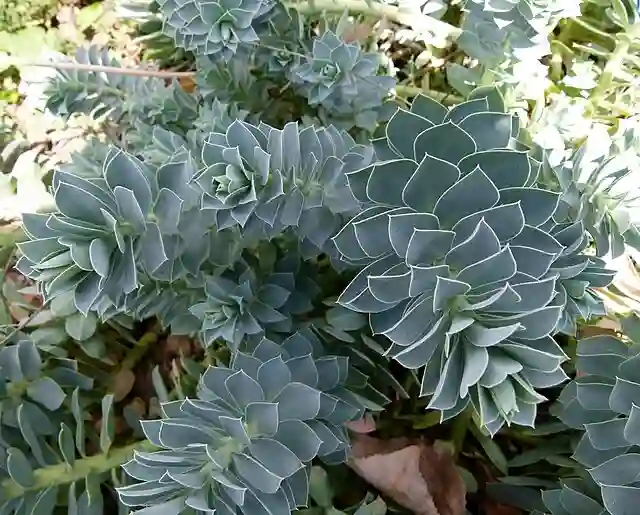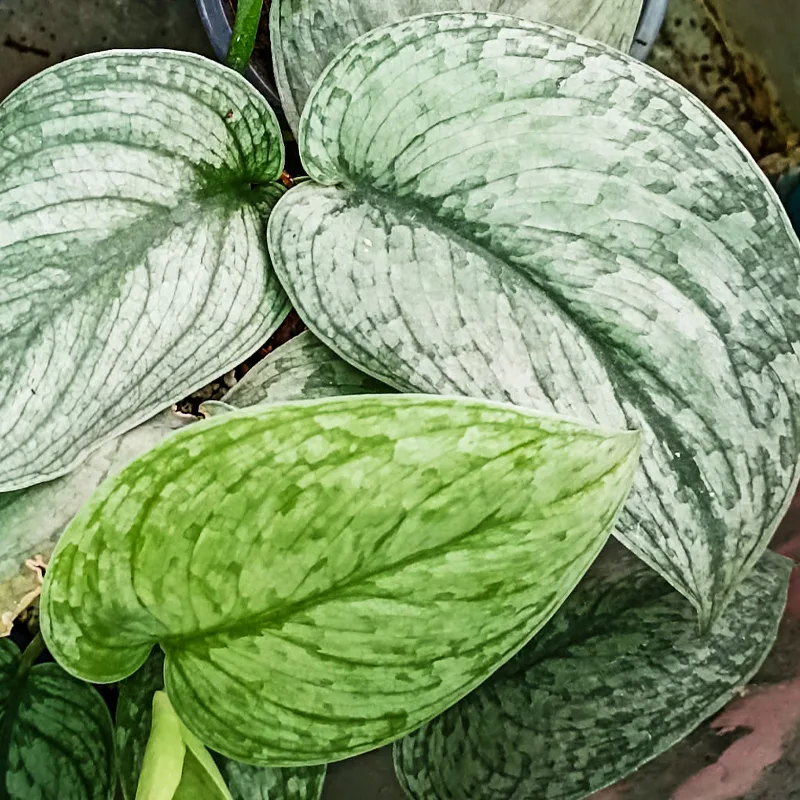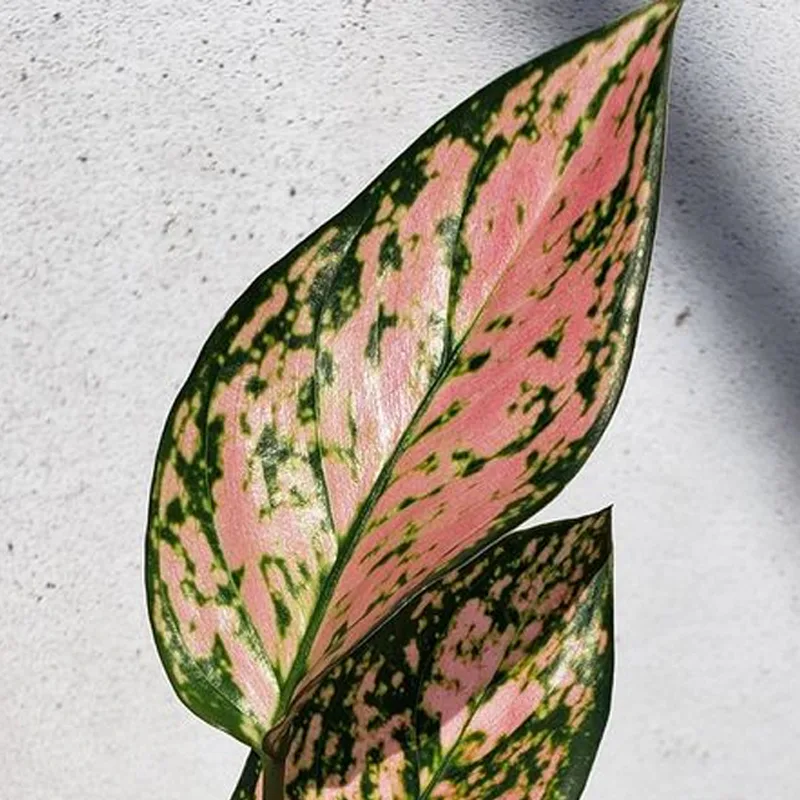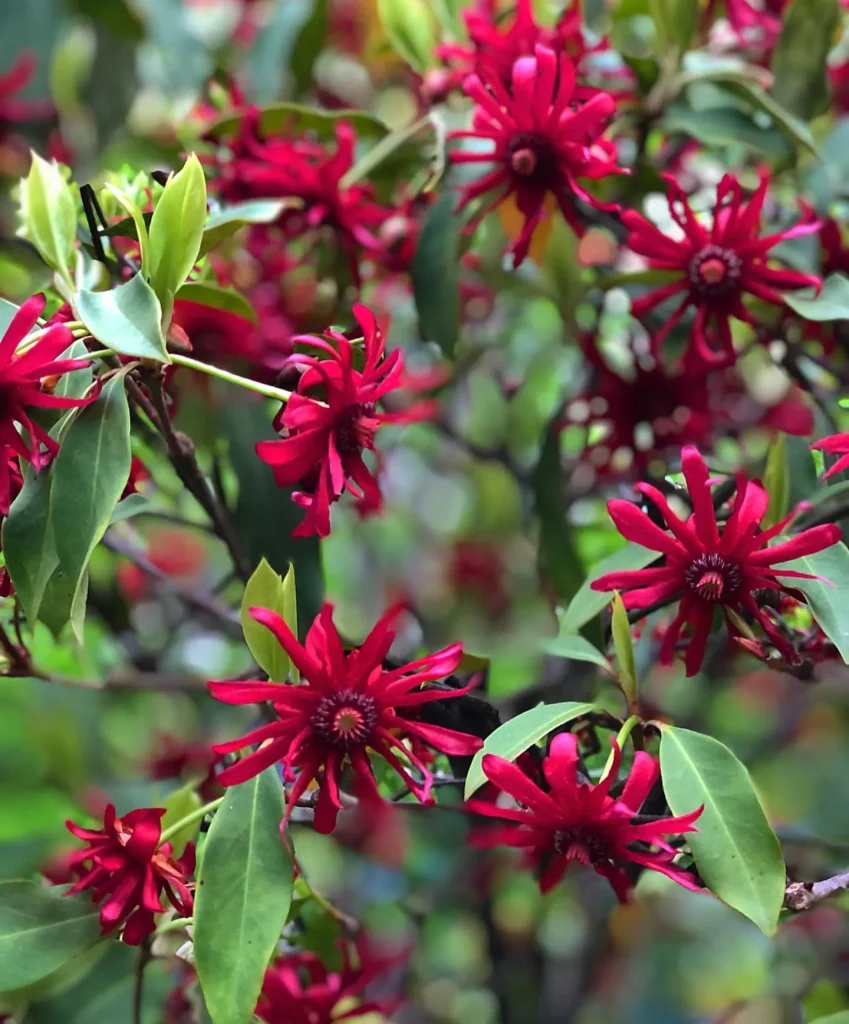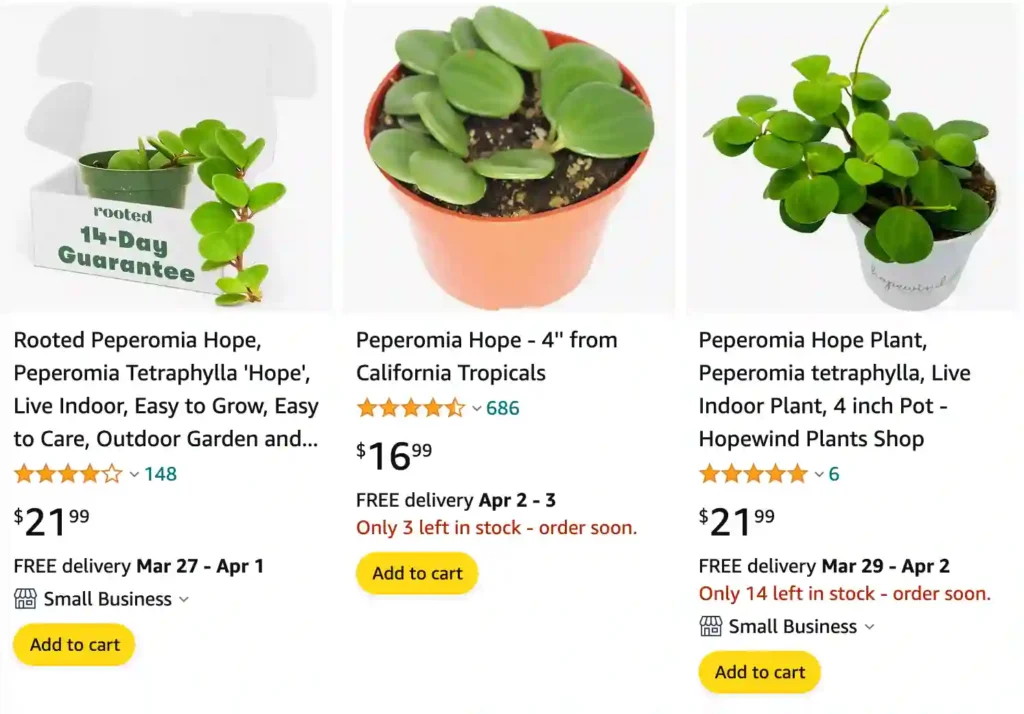
Peperomia Tetraphylla: Your Guide to the Adorable “Hope” Plant
Hi, I’m Ferb Vu, and I’m here to introduce you to the Peperomia Tetraphylla, a charming little plant with a whole lot of personality. Often nicknamed the “Hope” plant, this succulent is a favorite among beginner plant enthusiasts and seasoned collectors alike.
Today, we’ll delve into everything you need to know about caring for your Peperomia Tetraphylla, from watering and light requirements to propagation and troubleshooting common issues.
1424 Species in Genus Peperomia
Light: Bright, Indirect is Best
Imagine a rainforest floor dappled with sunlight. That’s the ideal light situation for your Peperomia Tetraphylla. Direct sun can scorch the delicate leaves, so avoid placing your plant on a south-facing window sill. East or west-facing windows with sheer curtains are perfect.
Unlike some light-hungry houseplants, the Peperomia Tetraphylla tolerates lower light conditions. However, very dim light can lead to leggy growth and pale leaves. If you notice this, try supplementing with grow lights.
Watering: When in Doubt, Wait It Out
One of the biggest downfalls for new plant parents is overwatering. Peperomia Tetraphylla thrives on neglect when it comes to moisture. Let the top inch of soil dry completely before watering thoroughly. During the winter months, you can water even less frequently.
A good rule of thumb is to stick your finger into the soil. If it feels even slightly damp, hold off on watering. Remember, underwatering is easily rectified, but overwatering can lead to root rot, a much more serious problem.
Soil: Think Light and Drainy
When it comes to potting mix, think well-draining and airy. A standard succulent or cacti mix works well. You can also create your own by combining equal parts potting soil, perlite, and orchid bark.
The pot itself should have drainage holes to prevent water from accumulating around the roots. Opt for a pot that’s only slightly larger than the root ball of your Peperomia Tetraphylla.
Temperature and Humidity: No Extremes Needed
Your Peperomia Tetraphylla is a happy camper in average household temperatures between 65°F and 75°F (18°C and 24°C). Avoid placing it near heat vents or drafty windows.
Humidity isn’t a major concern for this adaptable plant. While it appreciates some moisture in the air, it will tolerate average indoor humidity levels. If you’re worried about dry winter air, you can occasionally mist your Peperomia Tetraphylla or use a pebble tray filled with water.
Fertilizer: A Light Touch Does the Trick
Your Peperomia Tetraphylla isn’t a heavy feeder. A balanced fertilizer diluted to half strength can be applied once a month during the growing season (spring and summer). Skip fertilizing altogether during the winter months when your plant is in a resting phase.
Propagation: Sharing the Hope
The good news is that Peperomia Tetraphylla is relatively easy to propagate. Here are two common methods:
- Leaf cuttings: Take a healthy leaf with a short stem attached. Plant it in a moist, well-draining potting mix. Keep the soil slightly damp and provide bright, indirect light. Roots should develop within a few weeks.
- Stem cuttings: Cut a healthy stem with a few nodes (leaf junctions). Remove the lower leaves and plant the stem in a moist, well-draining potting mix. Care for it similarly to leaf cuttings.
Common Problems and Solutions
Yellowing leaves: This can be caused by overwatering, underwatering, or lack of light. Check the watering schedule and adjust if necessary. Ensure your plant receives enough bright, indirect light.
Drooping leaves: This usually indicates underwatering. Give your Peperomia Tetraphylla a thorough drink and it should perk up within a day or two.
Brown spots on leaves: This can be caused by sunburn from too much direct light. Move your plant to a location with less intense light.
Pests: Mealybugs and scale are occasional visitors. You can treat them with insecticidal soap or neem oil.
Peperomia Tetraphylla vs. Other Popular Plants
Peperomia Obtusifolia (Baby Rubber Plant): Both are low-maintenance plants, but the Peperomia Obtusifolia has larger, glossier leaves and can grow taller.
Pothos (Devil’s Ivy): While both are easy to care for, Pothos is a vining plant that requires more frequent watering and enjoys climbing structures.
Conclusion: The Joy of Peperomia Tetraphylla
The Peperomia Tetraphylla is a charming and easygoing houseplant, perfect for beginners and busy plant parents alike. With its adorable, coin-shaped leaves and fuss-free care requirements, it brings a touch of greenery and a pop of personality to any space. Plus, the nickname “Hope” adds a touch of optimism, making it a lovely gift for plant enthusiasts of all levels.
If i die, water my plants!
